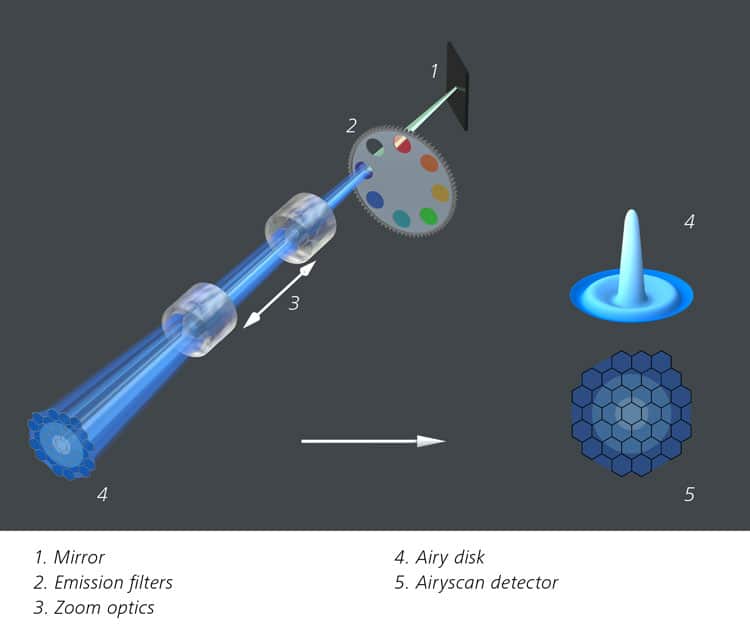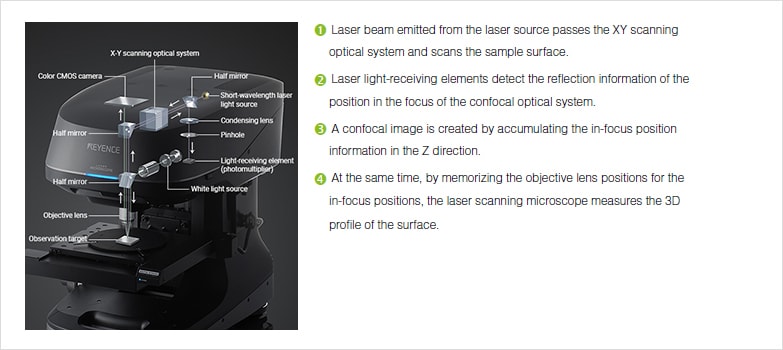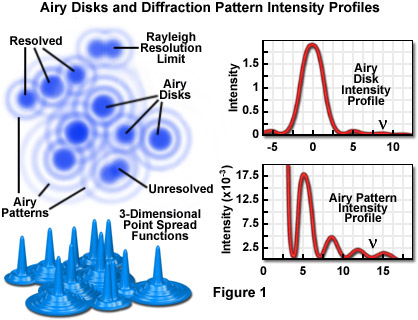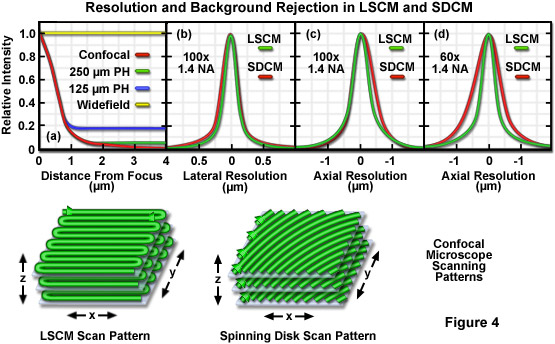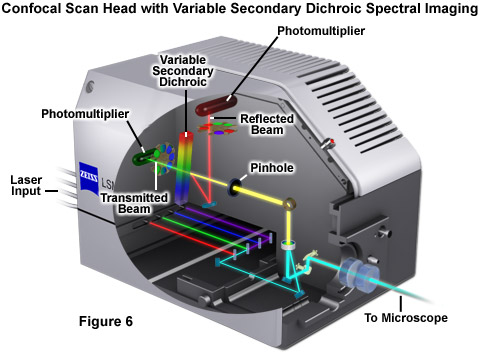Laser Scanning Confocal Microscope Disadvantages

Clsm combines high resolution optical imaging with depth selectivity which allows us to do optical sectioning.
Laser scanning confocal microscope disadvantages. Here are 3 quick ones. The primary advantage of laser scanning confocal microscopy is the ability to serially produce thin 0 5 to 1 5 micrometer optical sections through fluorescent specimens that have a thickness ranging up to 50 micrometers or more. Comparing to a wide field detection taking a snapshot of. Fluorescent microscopy not only makes our images look good it also allows us to gain a better understanding of cells structures and tissue.
Confocal microscopy most frequently confocal laser scanning microscopy clsm or laser confocal scanning microscopy lcsm is an optical imaging technique for increasing optical resolution and contrast of a micrograph by means of using a spatial pinhole to block out of focus light in image formation. This means that we can view visual sections of tiny structures that. Speed a typical confocal uses raster scanning which means it scans the specimen point by point. Laser scanning confocal microscopy.
Capturing multiple two dimensional images at different depths in a sample enables the. Laser scanning confocal microscopy is a significant advance in the field of optical microscopy primarily because it permits sample visualization deep within living and fixed cells tissues and other samples. Confocal microscopy offers several advantages over conventional optical microscopy including controllable depth of field the elimination of image degrading out of focus information and the ability to collect serial optical sections from thick specimens. Advantages and disadvantages of confocal microscopy.
Confocal is a powerful tool but it does have some limitations.















